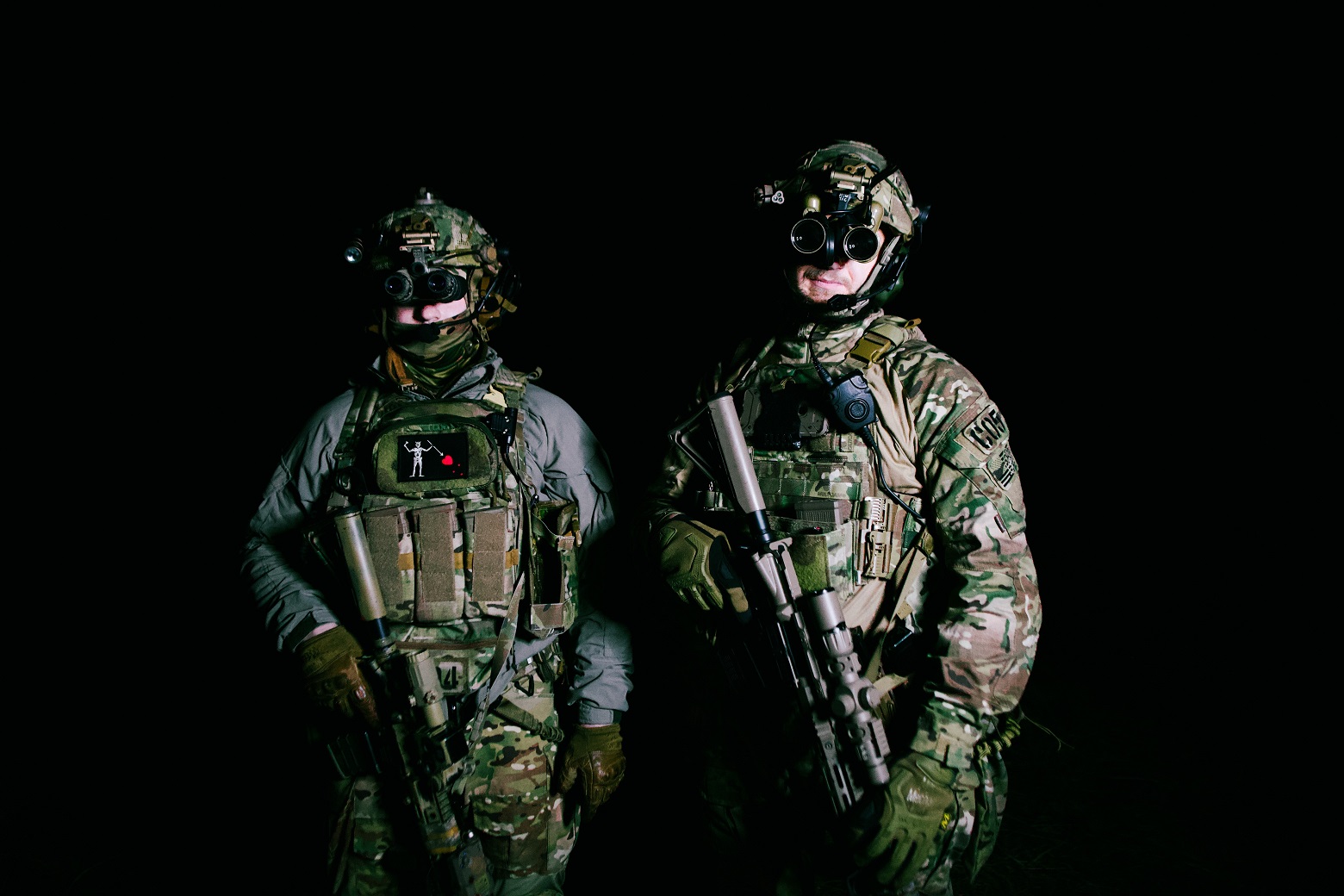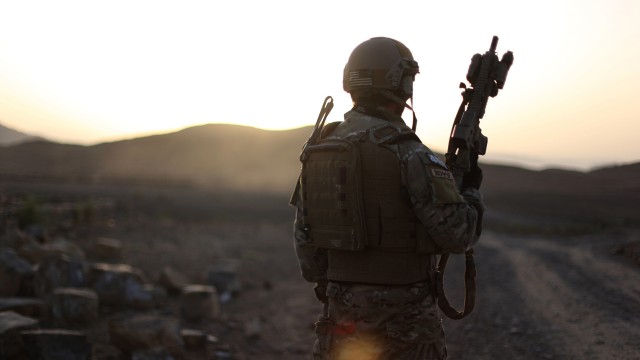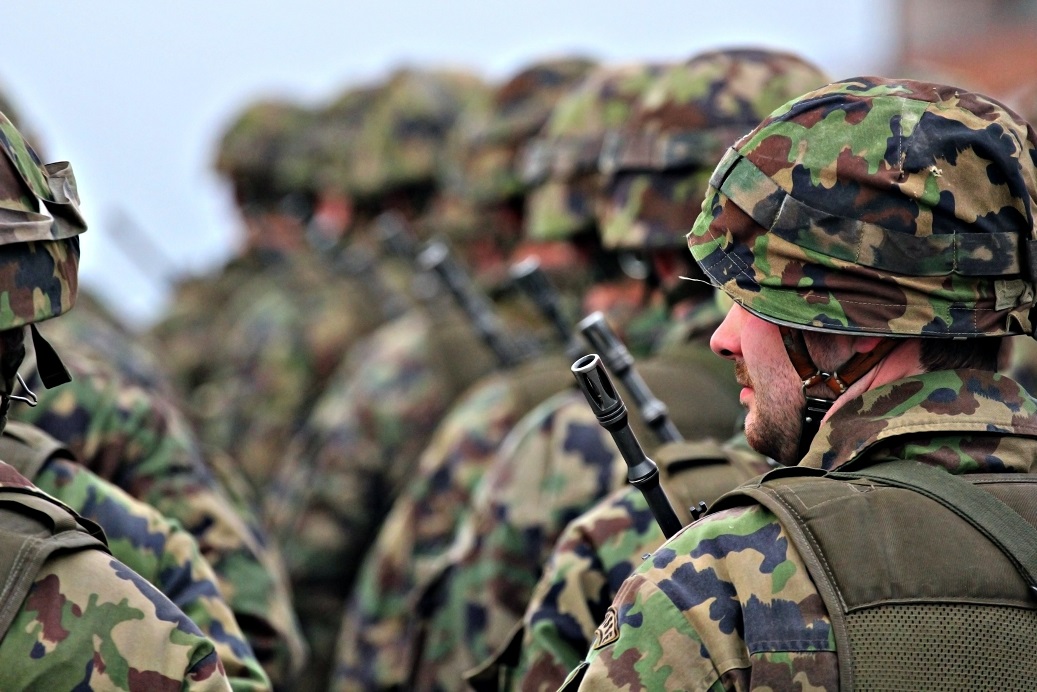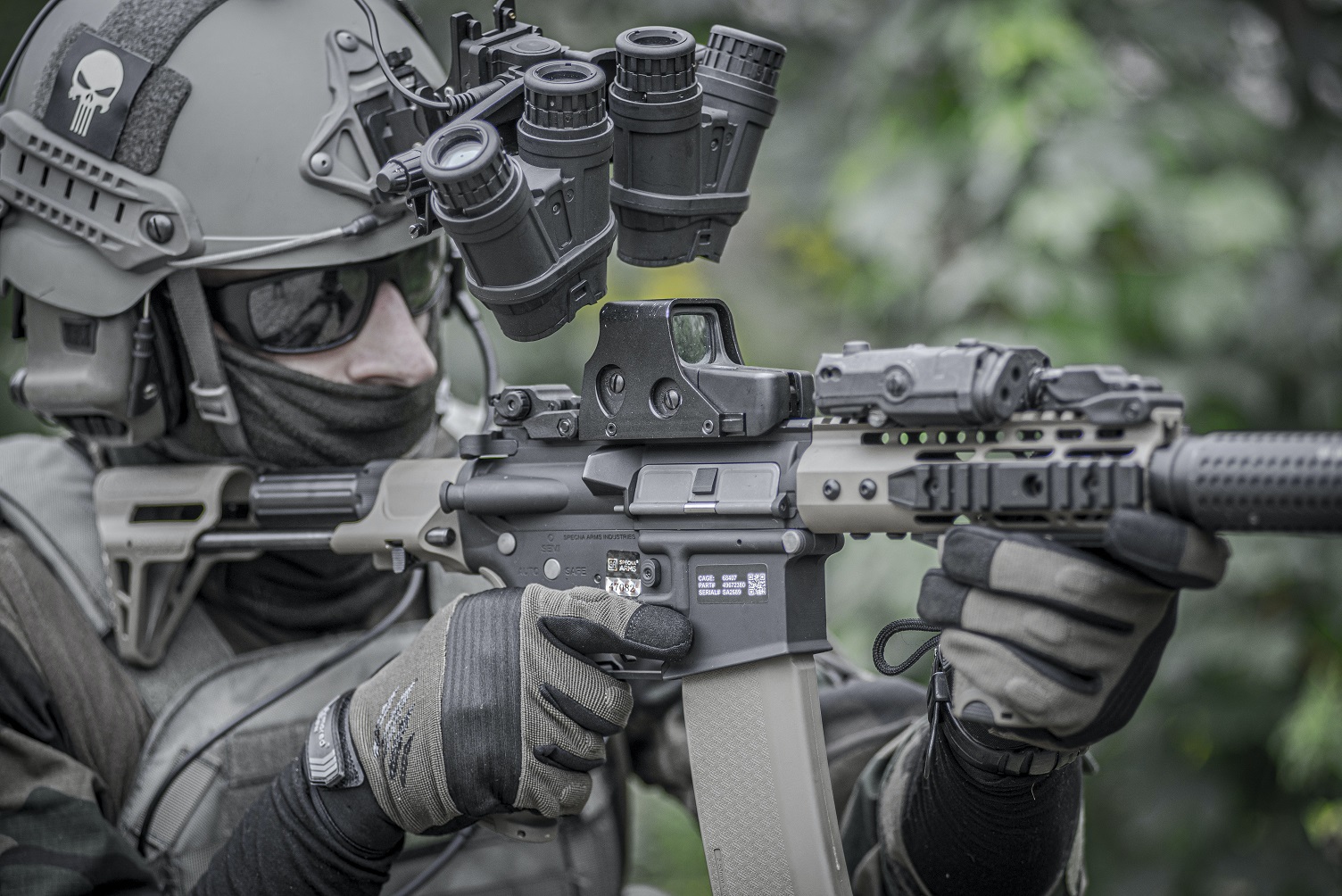Level IV armor plates are the complete defensive gear that every person from military personnel to law enforcement officers depends on for protection against firearm rounds. These plates not only possess high-density armor that can easily resisfiltre masque amiante grafico borsa amazon centro analisi san giorgio a cremano gants batteur under armour privileg basic 80 orologio ck under armour the rock delta la halle aux chaussures st aunes nike entrenamiento 10k reliure lutin buddy roboter deutsch nike stabilise foot sac louis vuitton speedy damier occasion nike safari se pixxprint leinwandbilder t rounds but also offer unmatched protection to the wearer’s core region. Level IV armor plates are a crucial component in safeguarding the lives of those on the front lines, but can the balance between weight and protection be achieved in designing these lifesaving tools?
When it comes to designing level 4 armor plates, the two most crucial factors to consider are weight and protection. Engineers must find the sweet spot in achieving both to ensure comfort and agility while providing adequate protection. The defense industry is fully aware of this fine balance and has tasked plate manufacturers with finding an ideal solution. The level IV plates should remain lightweight, be able to stop bullets and provide ample protection to the wearer.
The weight of Level IV armor plates matters significantly as it affects the freedom of movement of the wearer. For military personnel and law enforcement officers, weight can be the difference between quickly moving from one position to another, as expected in a combat situation or being caught off guard. Thus, manufacturers’ primary goal is to design plates ideal for performance but lightweight enough for prolonged use. One of the ways they can achieve this is by exploring new materials that reduce the plate’s weight while increasing its strengths, such as steel, ceramic, and composite armor.
Protection is equally as important in designing Level IV armor plates. The plates must be capable of stopping bullets of different calibers, including the potent .308 Winchester round, which is fired from a 7.62x51mm rifle. The armor must also withstand piercing rounds from sniper rifles and protect against blasts and shrapnel from explosives. Shielding the vital organs and bones in the chest, back, and torso is a crucial aspect of achieving this protection, but not at the expense of weight. Thus, discovering resilient yet lightweight materials for Level IV armor plates remains vital.
The manufacturing process of Level IV armor plates plays a massive role in achieving a balance between weight and protection. The processes must be precise and consistent to ensure that the plates’ protective capabilities are uncompromised. Most manufacturers use high-pressure presses and ovens to achieve this, resulting in composite materials that can withstand even the most potent firearm rounds. The technology used in the manufacturing process continues to improve, and plate manufacturers must keep up with new developments when designing Level IV armor plates.
The design of Level IV armor plates is an intricate process, mainly because of the balance between weight and protection. Manufacturers constantly strive to discover new materials, processes and technology that can achieve both objectives. Achieving this balance will mean that military personnel and law enforcement officials can better safeguard their lives while keeping them agile and comfortable during operations. In conclusion, the design of Level IV armor plates continues to evolve, and we can only hope to see further improvements shortly.
For more great articles, please click here.









